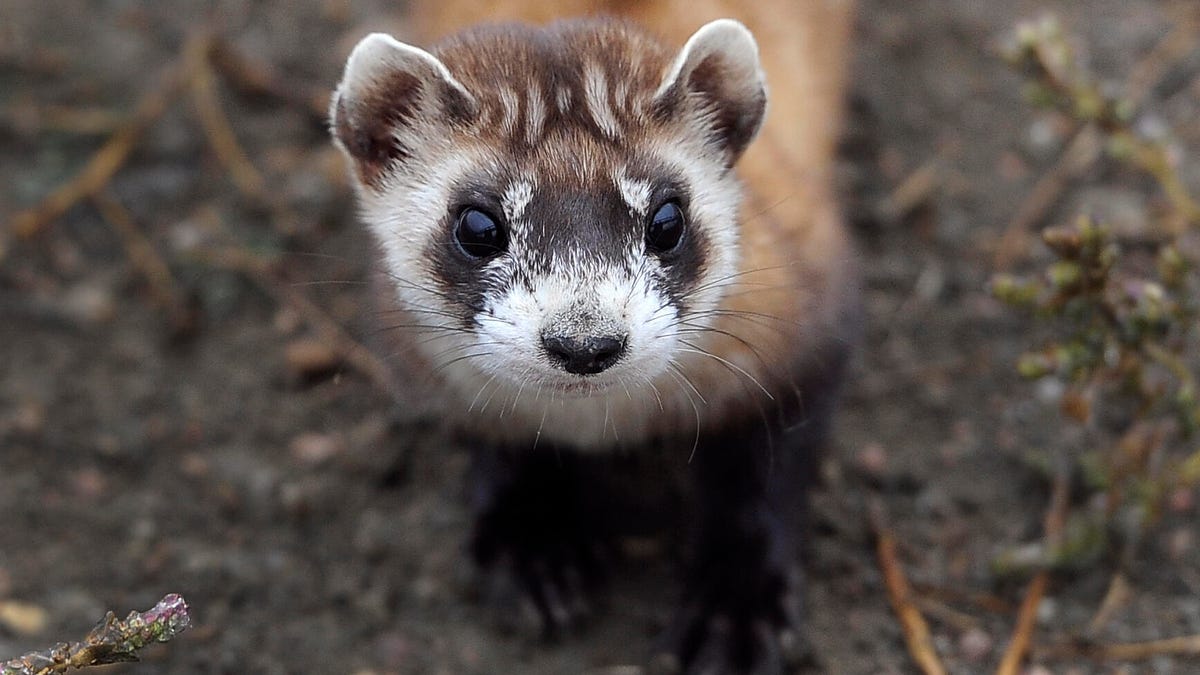Scientists just successfully cloned an endangered black-footed ferret
It's the first time a native, endangered species has been cloned in the US.

Most black-footed ferrets are being bred in captivity, with allegedly fewer than 500 still in the wild.
When it comes to cloning, your first thought probably isn't that of a black-footed ferret named Elizabeth Ann -- but perhaps it should be.
A team of collaborators from San Diego Zoo Global, ViaGen Pets AND Equine, the Fish and Wildlife service and a biotech conservation group called Revive and Restore have collaborated to successfully clone a ferret for the very first time, using cells and a little electricity.
The black-footed ferret population has been endangered for quite some time, largely due to a combination of sylvatic plague, which presents as a bacterial infection carried by fleas, and a lack of genetic diversity. According to National Geographic, all black-footed ferrets living today are as closely related as siblings or first cousins -- making the continuation of the species somewhat problematic.
To combat this, the scientists took eggs from the black-footed ferret's closest living relative: the humble domestic ferret. The process entailed maturing the eggs, removing the nucleus and combining it with the cells of a long-dead black-footed ferret named Willa. Thanks to an activation stimulus, or electric charge, the cells were able to divide and were implanted into a domestic ferret.
Ben Novak, a scientist with Revive and Restore, said the grandkids of the resulting ferret baby -- Elizabeth Ann -- could even be reintroduced into the wild in 2025, offering greater genetic diversity to the species. The hope is that this diversity could help build up greater resistance sylvatic plague, caused by the same bacteria that caused the Black Plague, and thus bolster the species' resistance to illness.
Oliver Ryder, San Diego Zoo's director of conservation genetics, told National Geographic, "broadening the gene pool seems like a tremendous opportunity to help assure the long-term sustainability of the species."

